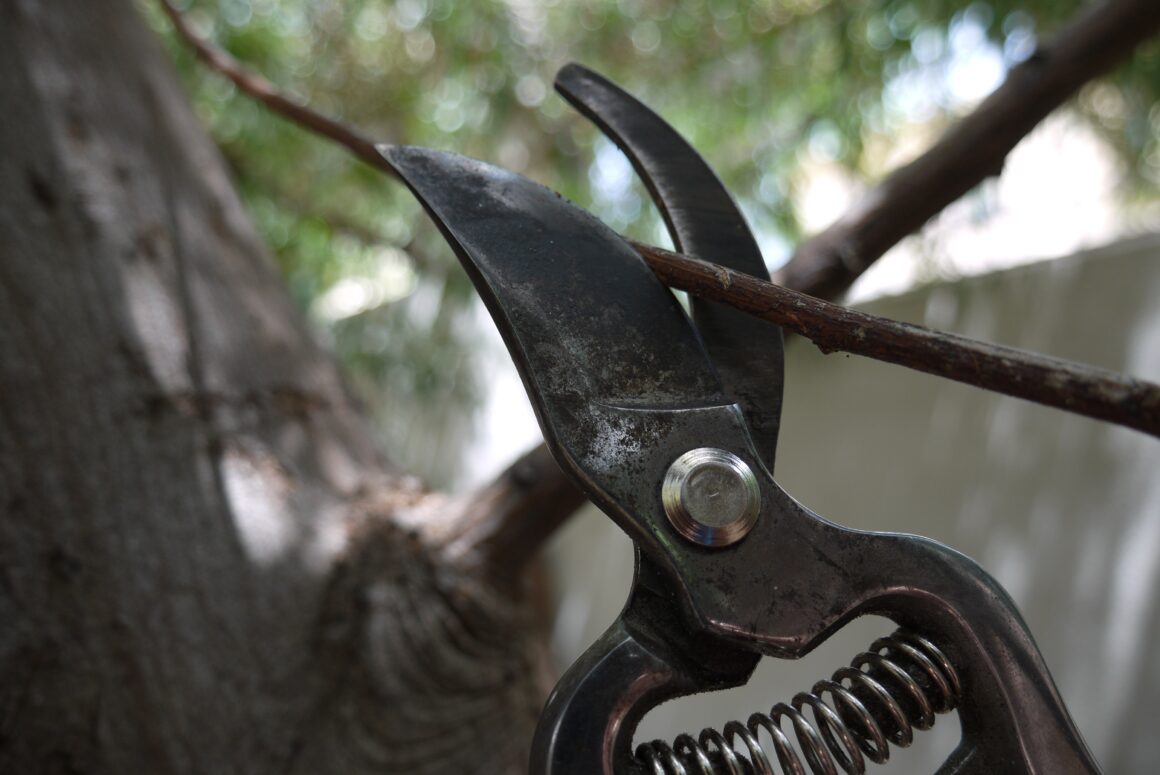Table of Contents Show
Pruning is an essential gardening technique that involves the careful removal of specific parts of a plant, such as branches, buds, or roots, to promote healthier growth and enhance overall aesthetics. It may seem like a simple task, but there is much more to pruning than meets the eye.
In this article, we will delve into the concept of pruning, explore various pruning techniques, and uncover the science behind this fascinating practice.
The Concept of Pruning
At its core, pruning is all about strategic and purposeful removal. By selectively cutting away certain parts of a plant, gardeners can direct its growth, improve its shape, and boost its overall health. Pruning is not merely a matter of hacking away at branches; it requires careful consideration of the plant’s biology and growth patterns.
When done correctly, pruning can serve several purposes:
- Stimulating Growth: By removing dead or damaged branches, a plant can redirect its resources towards new growth.
- Controlling Size: Pruning can prevent plants from overgrowing and encroaching on other nearby plants or structures.
- Enhancing Aesthetics: Pruning can shape a plant to create a desired form or structure, resulting in a visually appealing garden.
- Improving Air Circulation: Thinning out dense foliage allows for better airflow, reducing the risk of diseases caused by stagnant moisture.
Read Also:
Trimming the Excess: The Pruning Technique
Pruning is the process of selectively removing branches or parts of a plant to improve its overall health and appearance. It may seem counterintuitive to cut back a plant, but pruning actually stimulates growth and helps maintain its shape.
So, how do you know when it’s time to pick up those pruning shears? Here are a few telltale signs:
- Overgrown branches: If your plant has branches that are growing too long or crossing over each other, it’s time to prune. Removing these overgrown branches will allow for better airflow and prevent disease.
- Dead or diseased parts: Any parts of the plant that are dead or diseased should be promptly pruned. This helps prevent the spread of disease and allows the plant to focus its energy on healthy growth.
- Shaping: Pruning can also be used to shape a plant and encourage a more desirable form. Whether you want a bushier shrub or a tree with a more defined canopy, strategic pruning can help you achieve your desired look.
When pruning, it’s important to use clean, sharp tools to make clean cuts. Avoid tearing or ripping the branches, as this can cause damage to the plant. Additionally, be sure to research the specific pruning needs of your plants, as different species may have different requirements.
Remember, pruning is an ongoing process and should be done regularly to keep your plants healthy and thriving. So, grab those pruning shears and get ready to give your plants the trim they deserve!
The Science Behind Pruning
Pruning is not just an art; it is also grounded in science. Understanding the biology of plants is crucial for effective pruning. Here are some key scientific principles behind this gardening practice:
- Plant Physiology: Pruning takes advantage of a plant’s ability to respond to environmental cues and stimuli. By removing certain parts, we can influence the plant’s growth, flowering, and fruiting.
- Wound Response: When a branch is pruned, the plant initiates a series of physiological responses to heal the wound. This includes the formation of a protective callus and the redirection of resources to promote healing and new growth.
- Apical Dominance: The removal of a dominant terminal bud or branch can release lateral buds from their suppressed state, allowing them to grow and create a more balanced and compact plant structure.
- Seasonal Timing: Pruning at the right time of year is crucial for maximizing the benefits and minimizing the potential negative impacts. Different plants have specific pruning requirements based on their growth habits and flowering patterns.
Conclusion
Pruning is both an art and a science. It requires a keen understanding of plant biology, growth patterns, and pruning techniques.
By harnessing the power of pruning, gardeners can shape their plants, promote healthier growth, and create stunning landscapes. So, the next time you pick up those pruning shears, remember that you are not just trimming branches; you are engaging in a fascinating dance with nature.

